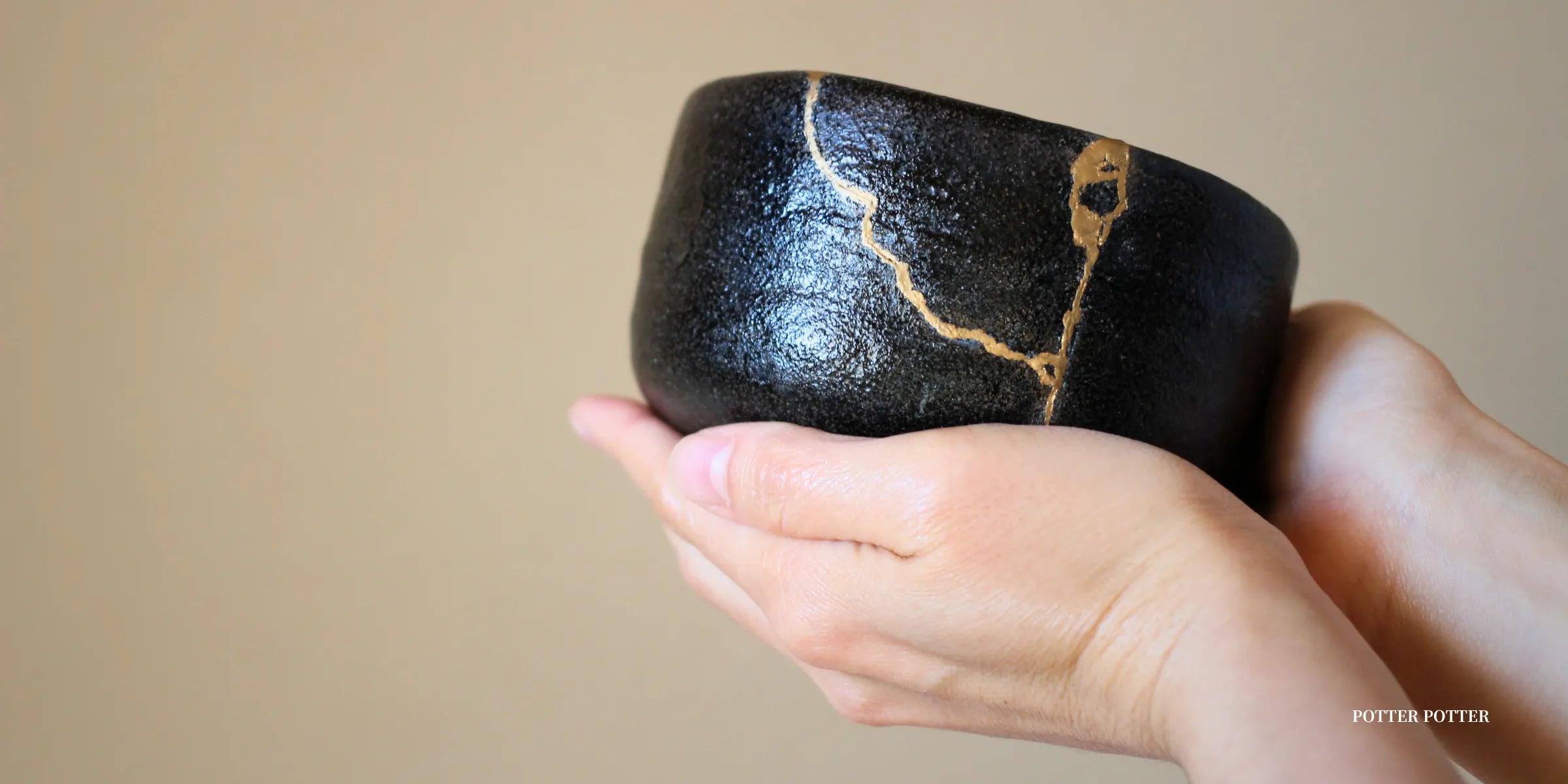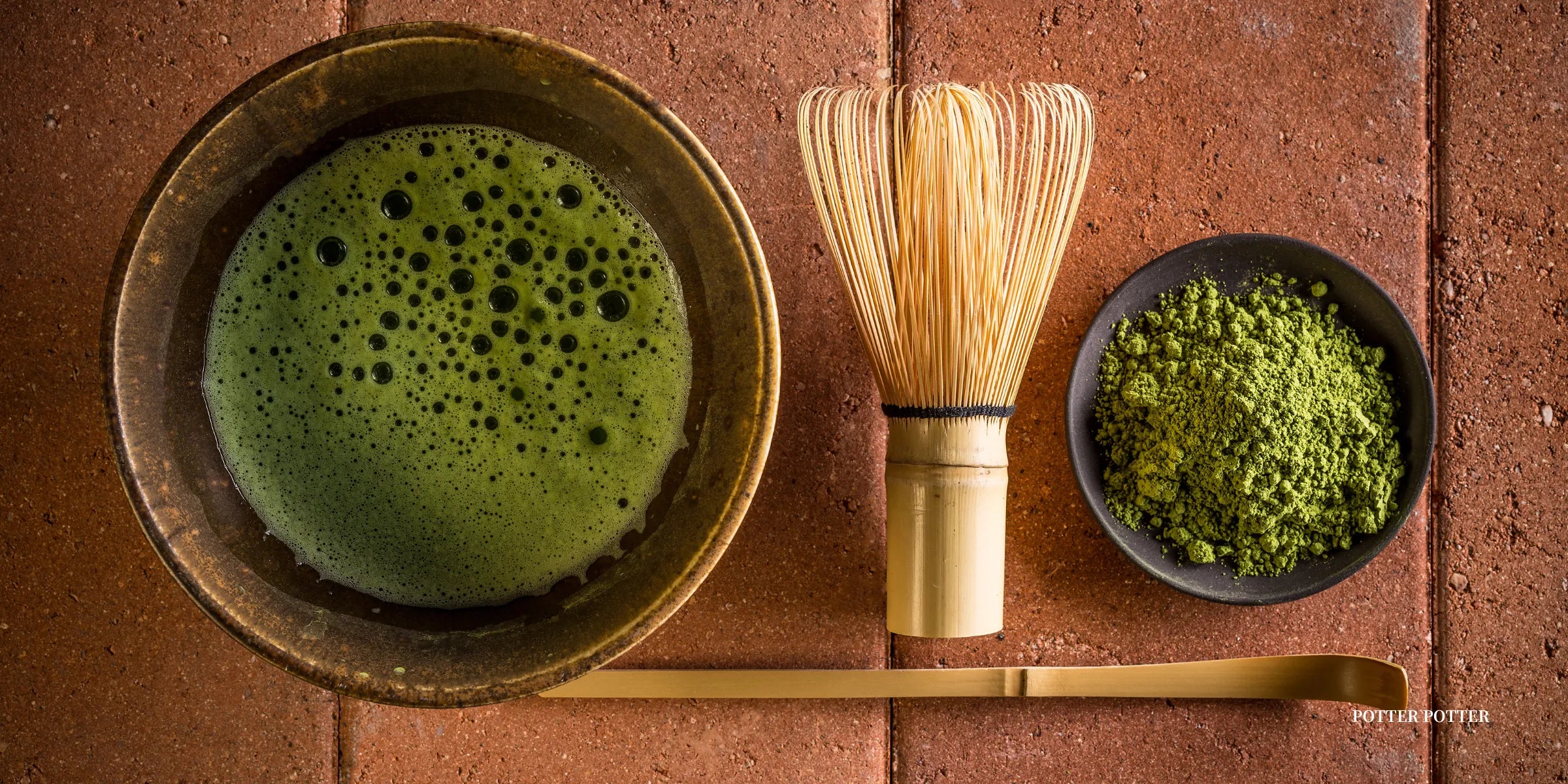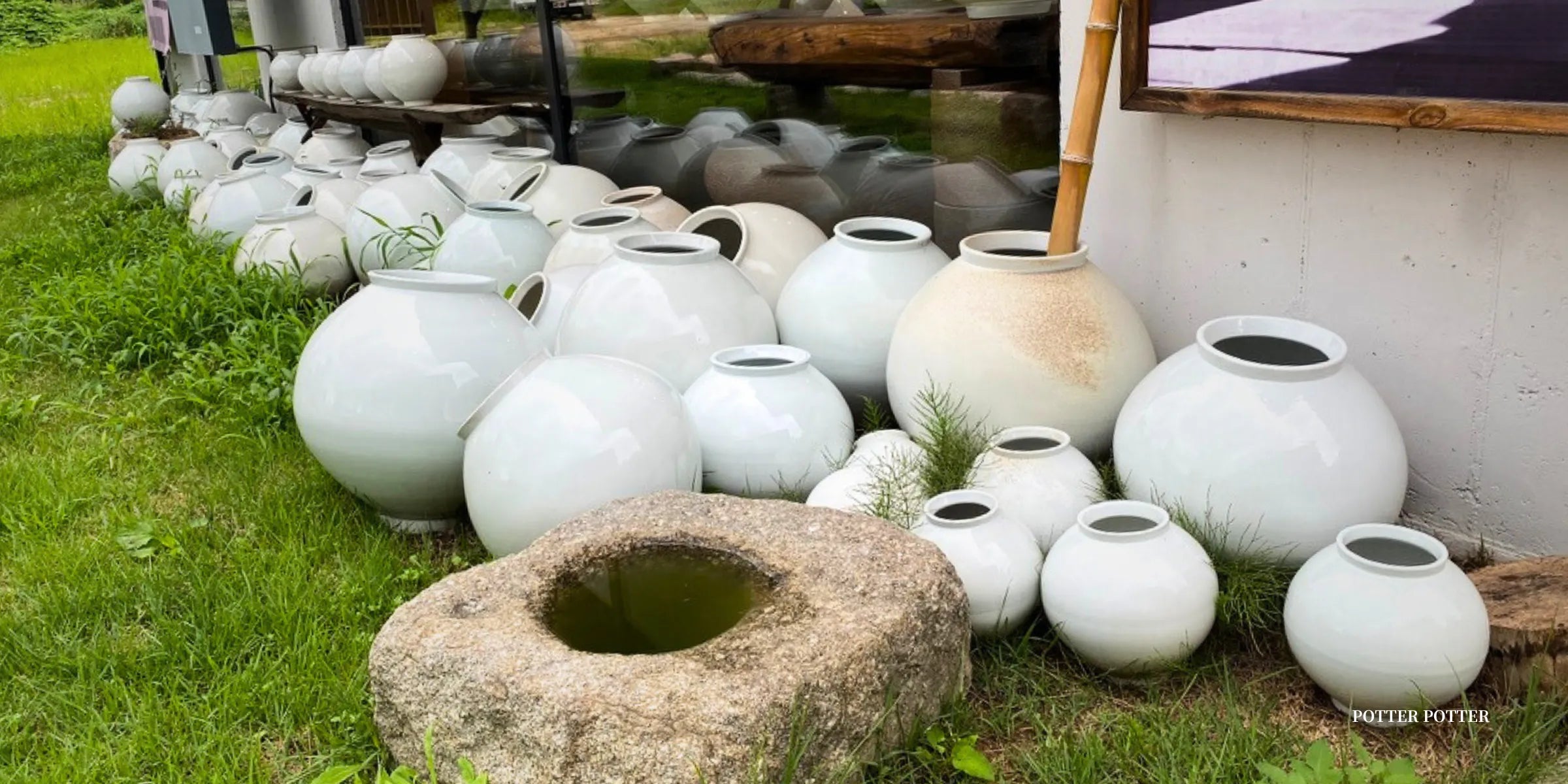
The Art of Repair: Kintsugi and the Philosophy Behind It
Have you ever wondered what happens to a cherished piece of pottery when it breaks? In Japan, there’s a unique art form called Kintsugi that transforms the fragments into something even more beautiful. This traditional technique doesn’t just repair pottery; it celebrates the object’s history and imperfection.

|
Table of Contents |
What is Kintsugi?

Kintsugi (金継ぎ), meaning “golden joinery,” is a centuries-old Japanese art of repairing broken pottery using lacquer mixed with powdered gold, silver, or other precious metals. Rather than hiding the cracks, Kintsugi highlights them, creating a new piece that is often more stunning than the original. The technique embodies a philosophy that embraces flaws and imperfections, suggesting that breakage and repair are part of an object’s history rather than something to disguise.
The process of Kintsugi is intricate and involves several steps. Initially, the broken pieces of pottery are carefully cleaned to remove any old adhesive and dirt, ensuring a smooth surface for rejoining. Traditional animal glue (膠) or natural lacquer is then used to bind the fragments. Before the adhesive hardens, gold or silver powder is applied, filling in the cracks and giving them a distinct, shimmering appearance. The repaired pottery is then allowed to dry, and the surface is polished to create a smooth finish.
Kintsugi is rooted in the Japanese aesthetic known as “wabi-sabi,” which finds beauty in imperfection and transience. This practice transforms broken pottery into something more valuable, symbolizing resilience and the idea that breakage can lead to new forms of beauty. Kintsugi teaches us that rather than discarding broken items, we can embrace their flaws, making them a unique part of their identity.
The History and Evolution of Kintsugi

Kintsugi dates back to the 15th century during Japan’s Muromachi period (1336-1573). Its exact origins are not well documented, but it’s widely believed to have started as a method for repairing tea bowls used in the Japanese tea ceremony. Tea practitioners placed a high value on simplicity and imperfection, finding beauty in the natural wear and tear of their cherished tea wares. Kintsugi was the perfect technique to mend broken pieces while enhancing their aesthetic value.
The art form gained significant popularity during the Sengoku (1467-1615), Azuchi-Momoyama (1573-1603), and early Edo periods (17th century). During the Sengoku era, samurai and warlords collected exquisite pottery and often used Kintsugi to repair broken tea bowls and ceramics. It was not just a practical solution but also an expression of respect for the object and its history. By filling the cracks with gold, they transformed these objects into symbols of resilience and continuity.
In the Azuchi-Momoyama period, Kintsugi became closely associated with the flourishing tea culture. Tea masters like Sen no Rikyu emphasized the “wabi” aesthetic—beauty in simplicity and austerity—making Kintsugi an essential aspect of tea ceremony culture. The repaired pottery pieces, with their glittering seams of gold or silver, were seen as even more valuable than their original state. Kintsugi also became a metaphor for life’s journey, suggesting that repair and growth can enhance one’s intrinsic value.
In modern times, Kintsugi has expanded beyond its traditional roots. It has been embraced by contemporary artists worldwide, not only as a restoration method but also as an art form. Today, you can find Kintsugi workshops and kits that make this ancient practice accessible to pottery enthusiasts and hobbyists alike. Some even use alternative materials like synthetic resin or colored epoxy to create a more accessible version of Kintsugi, though purists still prefer the traditional methods involving lacquer and gold powder.
The Kintsugi Philosophy: Embracing Imperfection
Kintsugi is more than just a technique; it’s a philosophy deeply rooted in Japanese culture. At its core is the belief that objects are most beautiful when they bear the marks of their history. This concept aligns with “wabi-sabi,” which values the beauty of imperfection, transience, and simplicity. Instead of seeing damage as something to conceal, Kintsugi views it as an essential part of an object’s story, highlighting the cracks and breaks as unique features rather than flaws.
In today’s world, where perfection is often idolized, Kintsugi offers a refreshing perspective. It teaches us to value imperfection and accept life’s trials as part of our personal narrative. This philosophy can extend beyond the realm of pottery to our own lives. Just as Kintsugi celebrates the broken and repaired pottery pieces, it encourages us to embrace our imperfections and past experiences, transforming them into something valuable and beautiful. The gold-filled cracks of a Kintsugi-repaired object are a testament to resilience, suggesting that scars are not something to hide but to honor.
Kintsugi also promotes a sustainable mindset. In contrast to the modern throwaway culture, this ancient technique advocates for the careful repair and reuse of objects, honoring their history and reducing waste. By choosing to repair rather than discard, we acknowledge the value of longevity and the beauty in things that have endured.
The End.
Kintsugi is a profound reminder that imperfections and flaws can be a source of beauty and strength. This traditional Japanese art form encourages us to see the value in repairing rather than discarding, to find beauty in the imperfect, and to appreciate the history and experiences that shape us. For those interested in delving deeper into Japanese culture or seeking a creative outlet that aligns with mindfulness and sustainability, exploring Kintsugi can be a fulfilling endeavor. Attend a Kintsugi workshop or try a DIY Kintsugi kit to experience this unique art form firsthand, and let it inspire you to embrace the imperfections in your own life.

